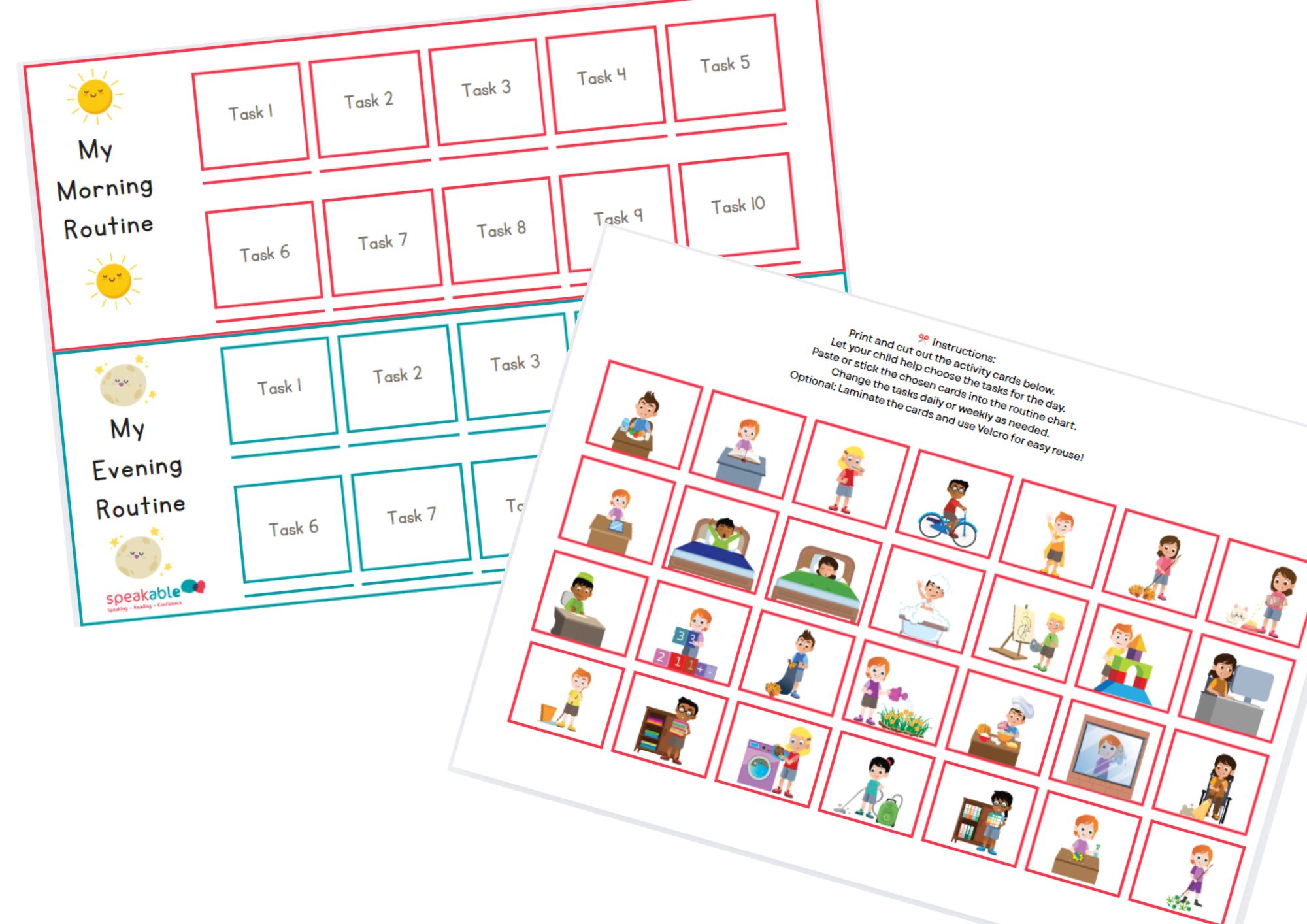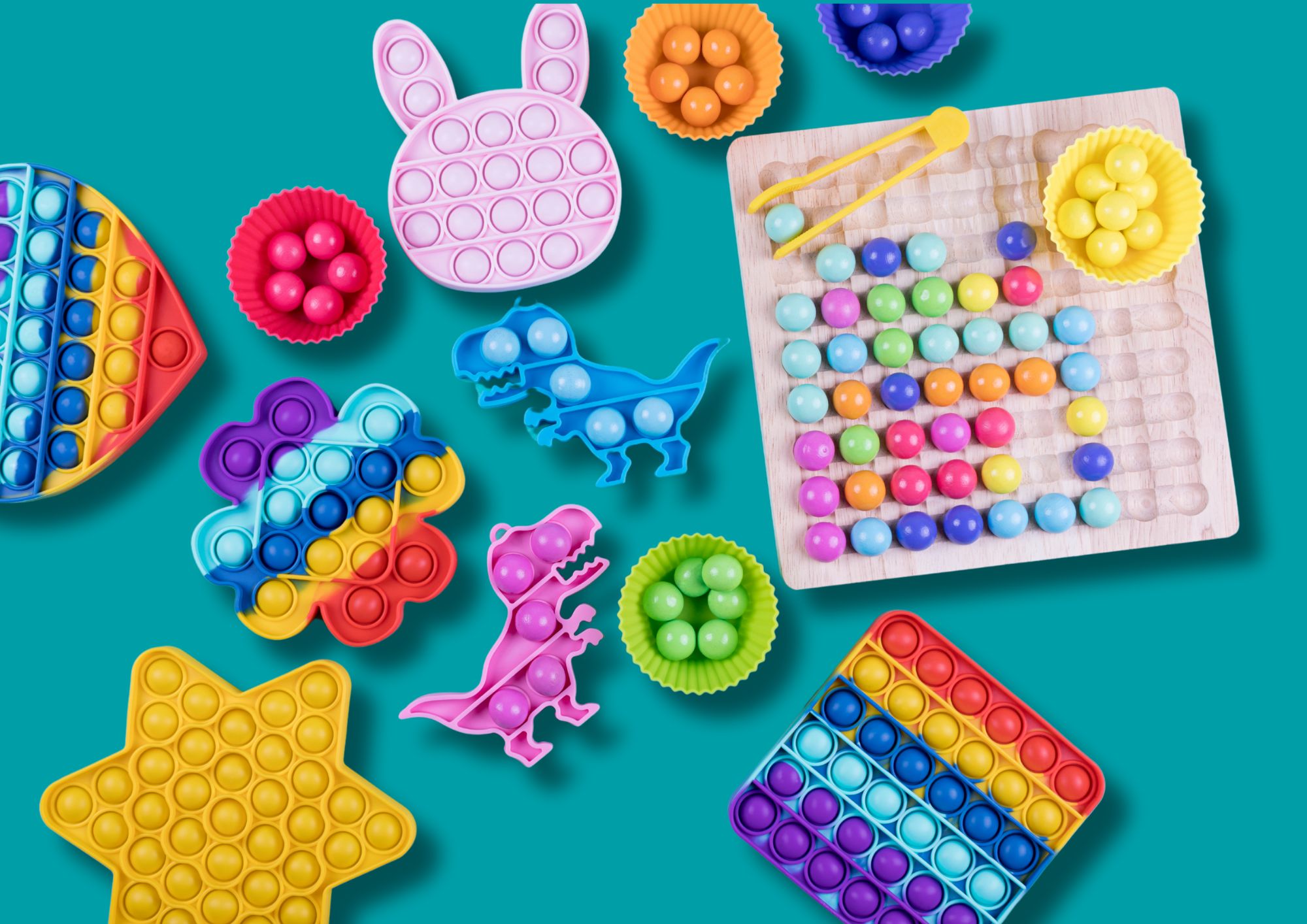Blog
Supporting Kids with ADHD at Home
Published: 14 May 2025 Tagged: ADHDADHD SupportEmotionalSupportSpeech Pathologyspeech therapySupportingYourChild

Raising a child with ADHD (Attention-Deficit/Hyperactivity Disorder) often means navigating big feelings, unpredictable transitions, and daily routines that don’t go as planned. But it also means learning to create a home environment full of connection, flexibility, and purpose.
With practical strategies and the right tools, you can support your child’s development in focus, emotional regulation, and independence — all from the comfort of home.
Why routines and emotional tools matter
Children with ADHD often struggle with executive functioning skills like planning, time management, and regulating emotions. Without structure, their brains may feel overwhelmed — and that can lead to meltdowns, inattention, or withdrawal.
That’s why daily routines, smooth transitions, and calming strategies are so important.
1. Use Visual Routines to Reduce Stress
A visual daily schedule helps your child:
- Know what’s coming next
- Feel in control of their day
- Transition more smoothly between tasks
- Gain confidence through predictability
We created a printable routine chart you can customize at home!
You can add your child’s own tasks, draw or paste icons, and use it every day as part of your structure.
Download the visual routine chart (PDF)

2. Support Smooth Transitions
Transitions can feel overwhelming for kids with ADHD — especially when moving from a preferred activity to something less fun.
- Give 5–10 minute countdowns
- Use sound or visual signals (a bell, song, or light)
- Offer simple choices (“Do you want to start with homework or snack?”)
- Celebrate success when transitions go well!
3. Help With Emotional Regulation
Emotions in kids with ADHD often come fast and strong. They may feel frustrated, excited, or overwhelmed and not know how to calm down.
Try this:
- Name the feeling: “You seem really upset because screen time ended.”
- Create a “Calm Corner” at home with quiet tools like:
- Books
- Headphones with music
- Breathing visuals
- Fidget toys (see below!)
What Are Fidget Toys?
Fidget toys are small, quiet tools that keep the hands busy and help children stay focused or self-regulate. They're especially helpful for kids with ADHD, sensory needs, or anxiety.
Here are some common types:
- Pop-its
- Stretchy strings
- Spinners
- Squishy stress balls
- Textured rings or cubes

Keep a small basket with fidget toys nearby during homework or transitions!
4. Support Yourself Too
Parenting a neurodivergent child is both rewarding and demanding. You deserve support, too.
- You’re not alone — seek out ADHD parent groups and professionals
- Take short breaks during the day to recharge
- Don’t aim for perfection — aim for progress
Conclusion
Every small routine, every visual schedule, every calm breath makes a difference. With tools, structure, and lots of love, your home can become a safe and supportive space for your child’s growth.
Print your chart, pick a fidget toy, and start building structure with kindness. You’ve got this.
Because you can.
Suite 10, L2 79-85 Oxford St
Bondi Junction
Mon-Fri 8am-6pm
Sat 9am-4pm